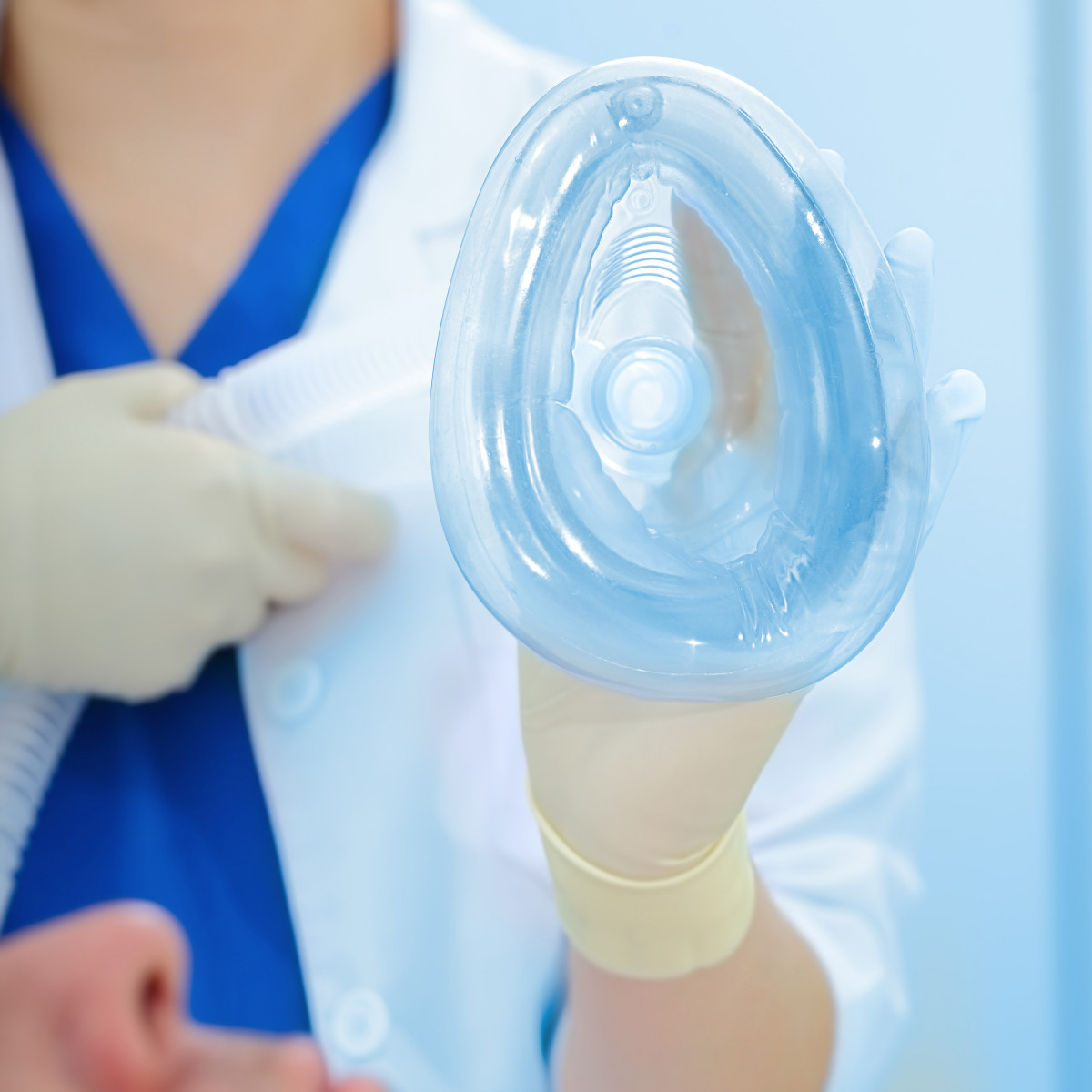Anesthesia Generally Safe in Children and Adolescents with Batten Disease, Study Shows

Anesthesia seems generally safe in children and adolescents with Batten disease, according to a study evaluating complications immediately before, during, and after procedures that require anesthesia.
These complications, however, were associated with the number of anti-seizure medications taken by the patient, suggesting a more severe disease.
The research also highlighted that previous safety concerns regarding the use of propofol as an anesthetic agent in these patients are likely unfounded, and suggested that the use of opioids should be avoided when possible.
The study, “Batten disease and perioperative complications: a retrospective descriptive study,” was published in the Journal of Anesthesia.
Batten disease, also known as neuronal ceroid lipofuscinosis (NCL), is the most common group of pediatric neurodegenerative disorders. To date, 14 different types of Batten disease — caused by mutations in at least 14 different genes — have been identified.
Since the disease can lead to severe neurodegeneration in the brain and spinal cord, children with Batten disease may be at risk of complications immediately before, during, and after a medical procedure requiring anesthesia (perioperative period).
Previous studies have reported some perioperative complications in these patients, including low body temperature, abnormally slow heartbeat, low blood pressure, sudden involuntary muscle spasms, seizures, delayed recovery from anesthesia, and difficult intubation due to limited mouth opening.
However, most of these studies were single case reports and larger studies are needed to better understand the rate and nature of these complications.
So, researchers in the U.S. set out to assess perioperative complications in the largest number of Batten disease patients to date. They also attempted to clarify safety concerns about the use of propofol as an anesthetic agent in patients with problems in mitochondria (the cells’ powerhouse), which includes those with Batten disease.
The team retrospectively analyzed the demographic and clinical data of 35 patients with Batten disease who received anesthetic care from December 2014 to May 2019 at Nationwide Children’s Hospital, in Ohio.
A total of 20 patients (57.1%) had CLN2 disease (late-infantile Batten disease), 10 (28.6%) had CLN6 disease, three (8.6%) were classified as CLN3 disease (juvenile Batten disease), one (2.9%) had CLN1 disease (classic infantile Batten disease), and one was diagnosed with CLN14 disease.
Patients’ average age was 5 years (ranging from 2 to 16) and they underwent a total of 93 procedures requiring anesthesia (range 1–11). Most of them (80.6%) were receiving anti-epileptic treatments at the time of the procedure.
Anesthetic care most commonly was required for magnetic resonance imaging (MRI), which, in many cases (67 procedures), was combined with another procedure to limit repeated anesthetic exposure.
Anesthetic induction involved the administration of anesthetic agents directly into the blood stream or through inhalation, while maintenance anesthesia was mainly provided by inhalation. Propofol was used in 38 of these anesthesia-requiring procedures, but used only in maintenance anesthesia in three of them.
Results showed that 29 adverse events (side effects) occurred, with abnormally low heartbeat (7.5%) and low blood pressure (6.5%) as the most common. Other adverse events included low body temperature (4.3%), low oxygen levels (4.3%), seizures (4.3%), delayed recovery from anesthesia (2.2%), agitation (1.1%), and involuntary muscular contraction of the vocal cords requiring treatment (1.1%).
Only one of the 29 adverse events was considered serious, since it led to an unplanned admission to the intensive care unit for monitoring due to prolonged oxygen requirement after the procedure.
“The majority of these patients were managed without clinically significant perioperative complications,” the researchers wrote, adding that only one patient “required escalation of care” over 93 procedures.
In addition, adverse perioperative events occurred more frequently in patients receiving a higher number of anti-epileptic therapies, which the researchers noted could be an indicator of disease severity.
Moreover, there was no significant association between the use of propofol and the occurrence of adverse events, suggesting that its avoidance in Batten disease patients may not be justified. On the other hand, the use of opioids as an anesthetic agent resulted in longer delays in anesthesia recovery.
“We would recommend avoidance of opioids during radiological imaging and consider the use of opioid sparing techniques including regional anesthesia when feasible for painful procedures,” the researchers wrote.
Nevertheless, the team noted that since most of these patients had CLN2 and CLN6 disease, these findings may not be generalized across all Batten disease types.





